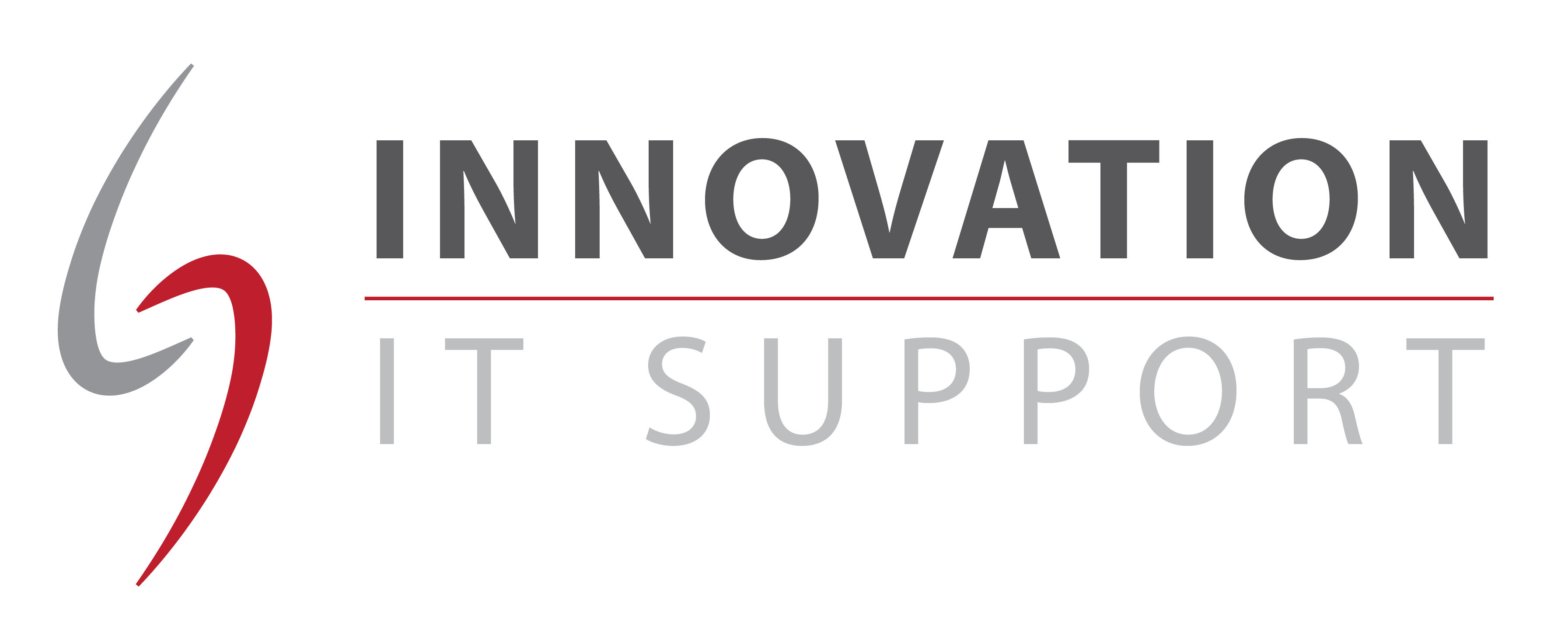 When you’re dealing with email for your business, you have one of the main 3 types of account. These are:
When you’re dealing with email for your business, you have one of the main 3 types of account. These are:
• POP
• IMAP
• Microsoft Exchange
Here’s an overview of how they work…
POP
POP is the oldest type of email on this list. POP stands for “Post Office Protocol” and was built so that email clients like Outlook and Apple’s Mail app could connect to email services to download and send emails. There have been multiple versions of POP over the years, with POP3 being the most widely used.
POP email basically works by downloading email data to the first client that connects to it. This means if you open up Outlook on your laptop and download new emails from the server using POP, your laptop is the only place those emails now live. If you try to access them using POP on your phone or other computer, they won’t show up or will they will be a secondary copy.
Pros:
• Easy to set up.
Cons:
• No message syncing.
• Once the email is downloaded to a device (e.g. a computer), it disappears from the server. This means that its stored locally on your computer so you will need to make sure you are backing up.
• No contact, calendar, or data syncing.
IMAP
After POP was around for some time, a newer type of email was created and called IMAP, which stands for Internet Message Access Protocol.
Unlike POP, IMAP talks back and forth with the mail server. This means that if you download a new email in Outlook on your desktop computer, it will also download to your iPhone. If you read a message on your iPad it will show as read on your laptop too. Moving emails from one folder to another is also synced.
While IMAP is great at syncing, it also takes more processing power and can be prone to more mistakes.
Pros:
• Full message syncing.
• Multiple device and client support.
• Flags and to-do items sync.
• Messages saved on server and downloaded to every new account.
• Very simple to enable and use.
Cons:
• Syncing issues can arise
• Can’t cope with larger volumes of emails
• If multiple people are using the same account, message syncing can create confusion.
• Not supported by all email providers.
Microsoft Exchange
The last type of email in this list is the most advanced and suited to modern business.
The Exchange protocol was built to allow users to sync emails, contacts, calendars, and many other features between email clients and services. Originally it was only available to businesses with in-house servers; today it’s easily accessible via Office 365 as ‘Hosted Exchange’ at a cheap per mailbox, per month cost
Pros:
• Full email message syncing
• Messages also stored on the server, so no need to worry about backups
• All mobile email clients support Exchange
• Contacts, calendars, and emails sync between all devices
• Can cope with large volumes of email
Cons:
• More expensive

